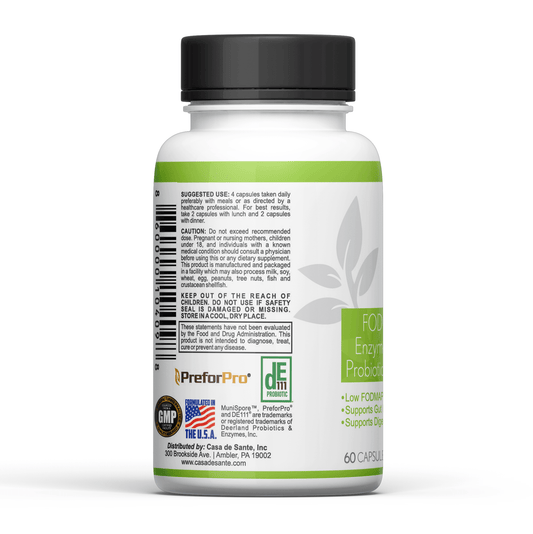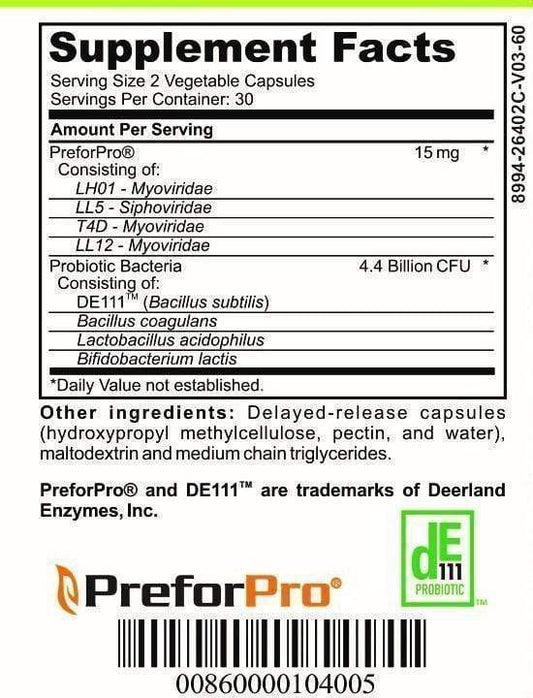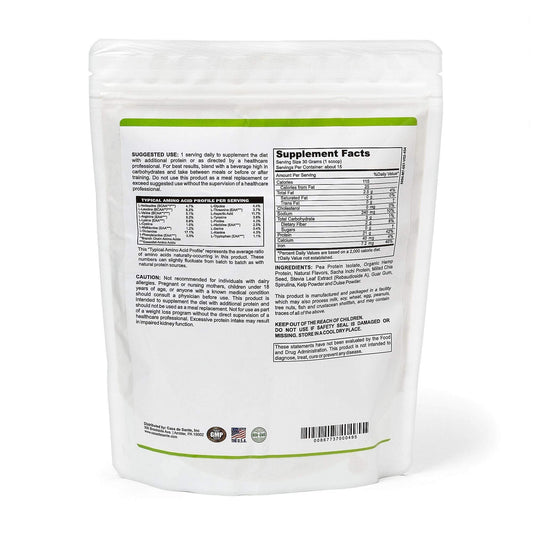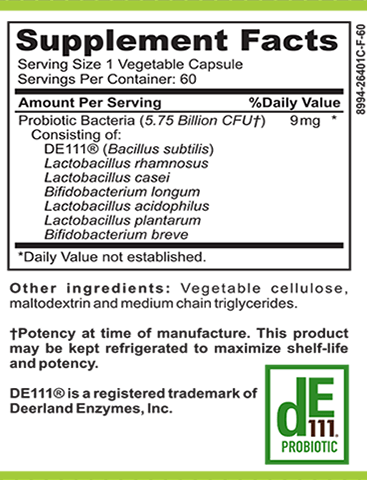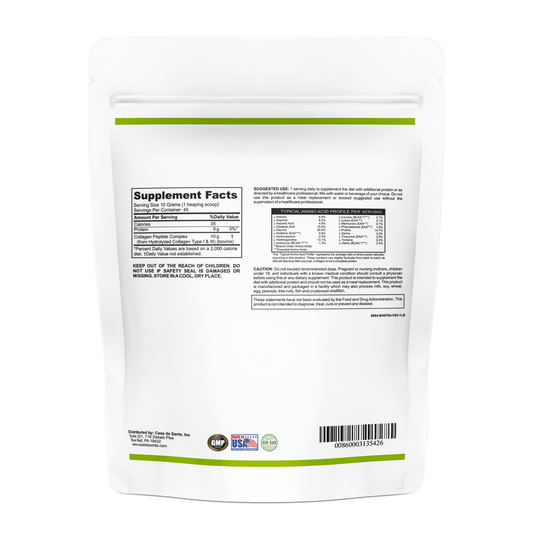My Experience with Gallbladder Removal
The gallbladder is a small organ located beneath the liver. It plays a crucial role in the digestive system by storing and releasing bile, a substance that helps break down fats. However, like any other organ, the gallbladder can develop diseases that may require surgical intervention. In this article, I will share my personal experience with gallbladder removal, shedding light on different aspects of the process, from understanding the disease to the recovery and lifestyle changes that follow.
Understanding Gallbladder Disease
Gallbladder disease refers to various conditions that affect the normal functioning of the gallbladder. It can range from gallstones to inflammation of the gallbladder wall, also known as cholecystitis. These conditions can cause discomfort, pain, and other symptoms that may impact daily life.
The gallbladder is a small, pear-shaped organ located beneath the liver. It plays a vital role in the digestive process by storing bile produced by the liver and releasing it into the small intestine during digestion to aid in the breakdown of fats. However, when the gallbladder becomes diseased or dysfunctional, its removal becomes necessary to alleviate symptoms and restore normal digestive function.
Symptoms and Diagnosis of Gallbladder Disease
Recognizing the symptoms of gallbladder disease is crucial to ensuring timely diagnosis and treatment. Common symptoms include abdominal pain, nausea, vomiting, and indigestion. The severity and duration of these symptoms can vary depending on the underlying condition.
Abdominal pain is one of the most common symptoms of gallbladder disease. It typically occurs in the upper right or middle of the abdomen and can be sharp or dull. The pain may worsen after eating a fatty meal or during physical activity.
Nausea and vomiting are also common symptoms of gallbladder disease. These symptoms can occur due to the disruption of the digestive process caused by the malfunctioning gallbladder. Indigestion, characterized by a feeling of fullness or discomfort after eating, is another symptom that may indicate gallbladder disease.
When a patient presents with symptoms suggestive of gallbladder disease, a thorough physical examination is conducted. The healthcare provider may press on the abdomen to check for tenderness or swelling. In addition to the physical examination, imaging tests such as an ultrasound may be performed to visualize the gallbladder and identify any abnormalities.
Blood tests are also commonly used to diagnose gallbladder disease. These tests can measure the levels of certain enzymes and bilirubin in the blood, which can indicate inflammation or blockage in the gallbladder or bile ducts.
The Role of the Gallbladder in the Body
The gallbladder plays a crucial role in the digestive process. When food is consumed, the gallbladder contracts and releases bile into the small intestine through the bile ducts. Bile is a yellowish-green fluid that helps break down fats into smaller particles, making them easier to digest and absorb.
Bile is produced by the liver and stored in the gallbladder between meals. The gallbladder acts as a reservoir, allowing the body to store bile and release it in a controlled manner during digestion. This storage and release mechanism ensures that bile is available when needed to aid in the digestion of fats.
However, when the gallbladder becomes diseased or dysfunctional, it can lead to complications such as the formation of gallstones or inflammation of the gallbladder wall. Gallstones are hardened deposits that can block the bile ducts, causing pain and discomfort. Inflammation of the gallbladder wall, known as cholecystitis, can occur as a result of infection or blockage of the bile ducts.
In cases where gallbladder disease is severe or recurrent, surgical removal of the gallbladder may be necessary. This procedure, known as cholecystectomy, is commonly performed using minimally invasive techniques such as laparoscopy. After the gallbladder is removed, bile flows directly from the liver to the small intestine, bypassing the gallbladder.
In conclusion, understanding gallbladder disease is essential for early detection and appropriate treatment. Recognizing the symptoms, undergoing a thorough diagnosis, and understanding the role of the gallbladder in the body can help individuals make informed decisions about their health and well-being.
Making the Decision for Surgery
Deciding to undergo gallbladder removal is not an easy choice. It requires careful consideration of the risks and benefits associated with the procedure, as well as understanding alternative treatment options. Consulting with a healthcare professional knowledgeable in gallbladder disease can provide valuable insights to make an informed decision.
When faced with the decision to undergo gallbladder removal, it is important to take into account the impact that gallbladder disease has on one's daily life. The constant pain, discomfort, and limitations in diet can significantly affect an individual's overall well-being. By opting for surgery, patients can find relief from these symptoms and regain a sense of normalcy.
Furthermore, it is crucial to evaluate the long-term consequences of leaving gallbladder disease untreated. If left untreated, gallstones can lead to more serious complications, such as inflammation of the gallbladder or blockage of the bile ducts. These complications can result in severe pain, infection, and even life-threatening conditions. Therefore, surgery may be the most effective way to prevent further health issues.
Evaluating the Risks and Benefits
Like any surgical procedure, gallbladder removal carries certain risks. These include infection, bleeding, injury to surrounding organs, and the development of complications such as bile duct injury. However, it is important to note that these risks are relatively low, and the vast majority of gallbladder removal surgeries are successful without any major complications.
On the other hand, the benefits of surgery often outweigh the potential risks, especially when gallbladder disease significantly impacts quality of life. By removing the gallbladder, patients can eliminate the source of their pain and discomfort, allowing them to resume their normal activities and enjoy a better quality of life. Additionally, the risk of developing future complications related to gallbladder disease is greatly reduced.
It is also worth considering the advancements in surgical techniques and technology that have made gallbladder removal a safer and less invasive procedure. Laparoscopic surgery, for example, involves making small incisions instead of a large abdominal cut, resulting in faster recovery times and minimal scarring.
Preparing for Gallbladder Removal
Preparation for gallbladder removal involves a comprehensive evaluation of one's overall health and understanding the logistics of the procedure. This includes fasting before surgery, following specific dietary guidelines, adjusting medication intake, and arranging for transportation to and from the hospital.
Prior to the surgery, healthcare professionals will conduct a thorough examination to ensure that the patient is in optimal health for the procedure. This may involve blood tests, imaging scans, and discussions about any pre-existing medical conditions or allergies. By gathering this information, the surgical team can tailor the procedure to the patient's specific needs and minimize any potential risks.
During the preoperative period, patients will be advised to follow a specific diet to prepare their body for the surgery. This may involve avoiding certain foods, such as fatty or greasy meals, to reduce the workload on the gallbladder. Additionally, patients may be instructed to stop taking certain medications, such as blood thinners, to minimize the risk of excessive bleeding during the procedure.
Arranging for transportation to and from the hospital is another important aspect of preparing for gallbladder removal. Since the surgery is typically performed under general anesthesia, patients will not be able to drive themselves home after the procedure. It is recommended to have a family member or friend available to provide transportation and support during the recovery period.
The Gallbladder Removal Procedure
Gallbladder removal can be performed using different surgical techniques, depending on the severity of the disease and individual patient factors. The two primary methods are laparoscopic cholecystectomy and open cholecystectomy.
Different Types of Gallbladder Surgery
Laparoscopic cholecystectomy is a minimally invasive procedure that involves making small incisions in the abdomen and using a laparoscope to remove the gallbladder. This technique offers several advantages, including shorter recovery time, less pain, and smaller scars. The laparoscope is a thin, flexible tube with a light and camera attached to it, allowing the surgeon to see inside the abdomen and perform the surgery with precision.
Open cholecystectomy, on the other hand, requires a larger incision to access the gallbladder directly. This technique is typically used in cases where the gallbladder is severely inflamed, infected, or if there are complications during the laparoscopic procedure. The surgeon carefully opens the abdomen to expose the gallbladder and removes it. Although this technique may result in a longer recovery time and larger scars, it is still a safe and effective option for gallbladder removal.
The choice of surgery depends on the surgeon's recommendation and individual patient circumstances. Factors such as the patient's overall health, the presence of other medical conditions, and the severity of the gallbladder disease are taken into consideration when deciding which technique to use.
What to Expect During Surgery
Before the gallbladder removal procedure, patients are placed under general anesthesia to ensure they are comfortable and unaware of the surgical process. An anesthesiologist will administer the anesthesia and monitor the patient's vital signs throughout the surgery.
Once the patient is asleep, the surgeon will make the necessary incisions according to the chosen surgical technique. In a laparoscopic cholecystectomy, several small incisions are made, and the laparoscope is inserted through one of them. Carbon dioxide gas is then pumped into the abdomen to create space for the surgeon to work. The laparoscope transmits images of the surgical site to a monitor, allowing the surgeon to visualize the gallbladder and surrounding structures.
The surgeon will carefully remove the gallbladder, taking necessary precautions to prevent damage to surrounding organs such as the liver, bile ducts, and intestines. In some cases, a special X-ray called a cholangiogram may be performed to ensure that the bile ducts are clear and there are no stones or other obstructions present.
The duration of the surgery can vary, but it is usually completed within a few hours. After the gallbladder has been removed, the incisions are closed with sutures or surgical staples. The patient is then taken to the recovery room, where they will be closely monitored as they wake up from anesthesia.
It is important to note that every surgery carries some risks, such as bleeding, infection, or injury to surrounding structures. However, gallbladder removal is a common and generally safe procedure, with a high success rate in relieving symptoms and improving the patient's quality of life.
Post-Operative Experience
The immediate aftermath of gallbladder removal can be characterized by various physical and emotional experiences. It is essential to have a clear understanding of what to expect during the recovery process.
Immediate Aftermath of Surgery
After surgery, patients are closely monitored in a recovery area until they regain consciousness. It is common to experience some pain or discomfort at the incision sites, which can be managed with prescribed pain medication. The healthcare team will provide instructions on wound care, diet, and activity restrictions during this initial phase of recovery.
Managing Pain and Discomfort
Pain and discomfort following gallbladder removal can persist for a few days or even weeks. It is crucial to follow the prescribed pain management regimen and report any severe or worsening pain to the healthcare provider. Applying cold packs, maintaining a proper resting posture, and avoiding strenuous activities can also help in alleviating discomfort.
Recovery and Lifestyle Changes
The removal of the gallbladder may necessitate dietary and lifestyle adjustments for optimal post-operative recovery and long-term health.
Diet and Exercise After Gallbladder Removal
Following gallbladder removal, a gradual transition to a balanced diet is recommended. Avoiding fatty and greasy foods in the initial stages can help regulate digestion and minimize discomfort. It is also essential to incorporate regular physical activity into the daily routine to maintain a healthy weight and promote overall well-being.
Long-Term Health Considerations
While gallbladder removal typically resolves symptoms and improves quality of life, it is important to be mindful of potential long-term effects. These may include changes in bowel habits, such as increased frequency or loose stools, known as bile acid malabsorption. Regular follow-up with the healthcare provider can address any concerns and ensure proactive management of long-term health.
In conclusion, my experience with gallbladder removal has shown me the significant impact the procedure can have on overall well-being. Understanding gallbladder disease, making an informed decision for surgery, and managing the post-operative phase are crucial steps in achieving a successful outcome. By adapting to necessary lifestyle changes and maintaining regular healthcare follow-up, individuals can enjoy a healthy and fulfilling life post-gallbladder removal.


